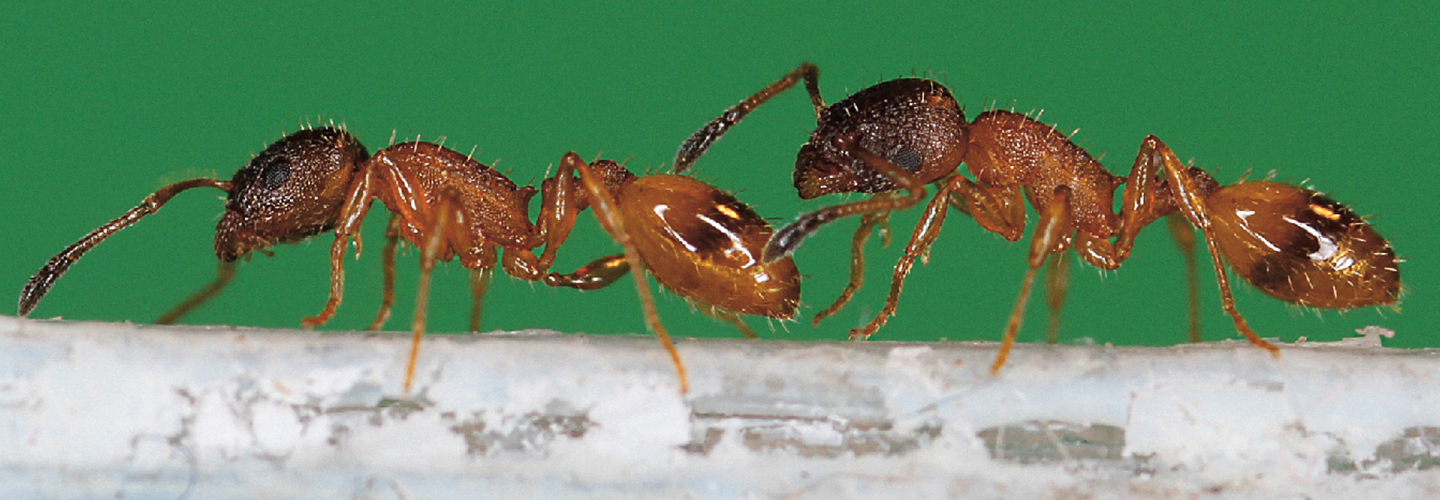For many desert meerkats in Africa, a scorpion is a tasty meal that’s too important to pass up. That’s because food is scarce. But a meerkat pup is too inexperienced to know how to snag a scorpion safely. Taking one on is extremely dangerous for a tiny mammal that weighs less than a baseball. For a meerkat to catch a scorpion, scientists have observed that it needs lessons from a good teacher.
For decades, scientists have wondered whether any animal species truly teach other than humans. First they had to agree on what “teaching” means. The accepted definition has three parts (see "How Scientists Define Teaching"). Often, animals survive by acting on instinct or learning by observation. But in rare cases, an animal will teach others. Like you, some animals go to “school.”
Meerkats live in Africa’s deserts. There, food is scarce. So a scorpion is a tasty meal that’s too important to pass up.
But eating a scorpion is extremely dangerous, especially for a tiny pup. The young mammal weighs less than a baseball. For a meerkat to catch a scorpion, scientists have learned, it needs lessons from a good teacher.
We know humans teach. Yet for decades, scientists have wondered whether other animals do too. First they had to agree on what “teaching” means. The accepted definition has three parts (see "How Scientists Define Teaching").
Often, animals survive by acting on instinct. They also learn by observation. But in rare cases, an animal will teach others. Like you, some animals go to “school.”

